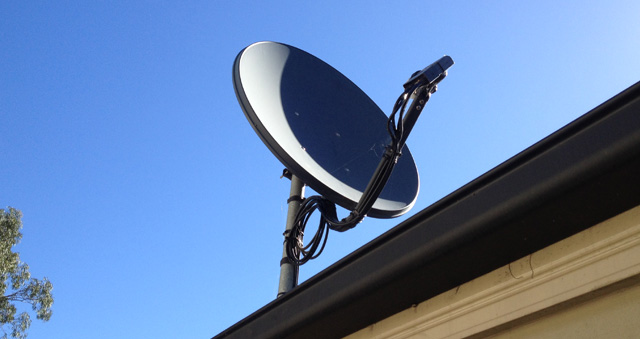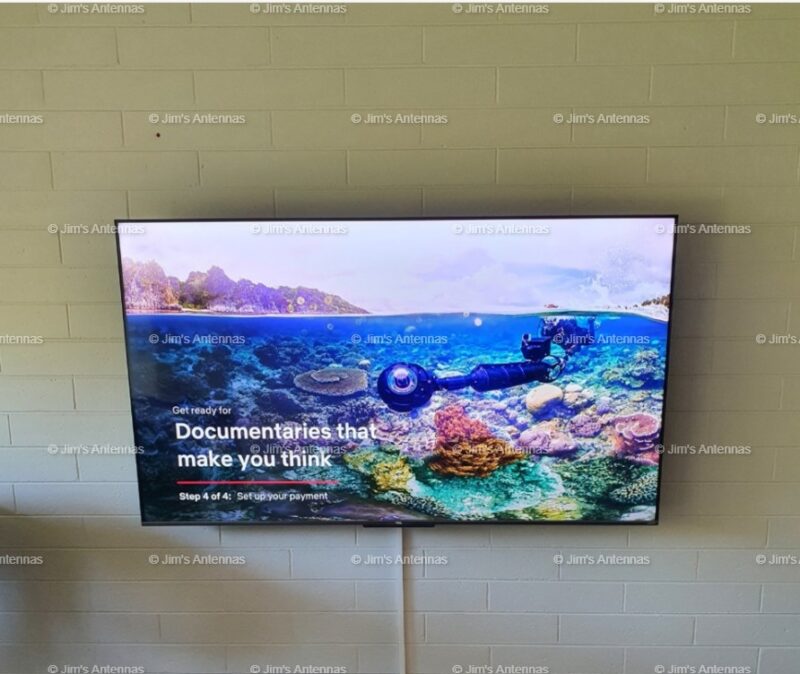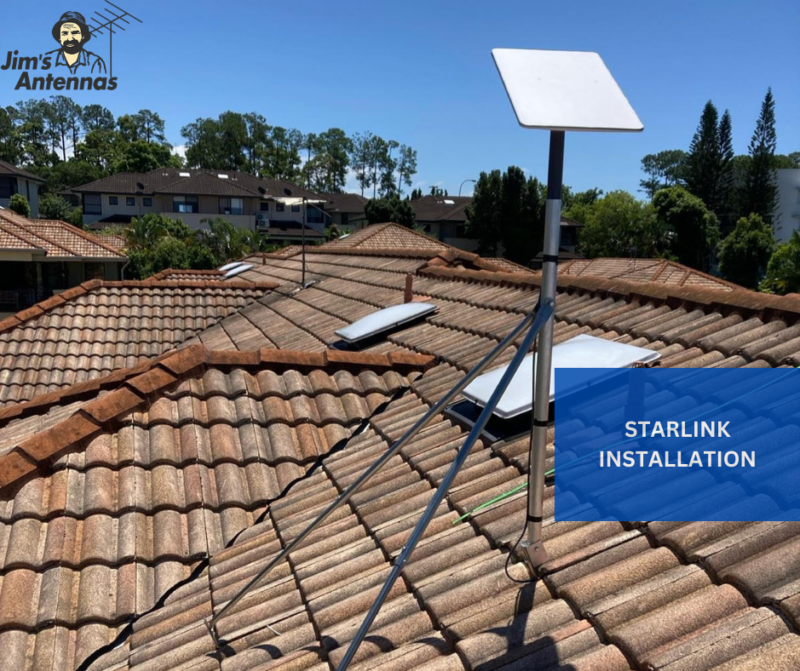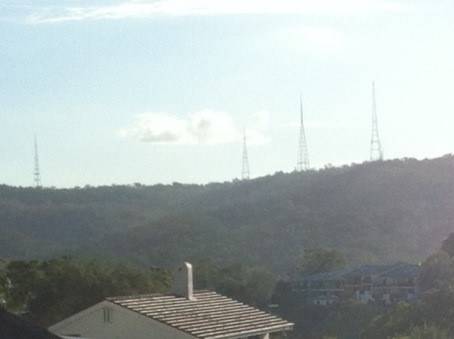C-Band & K-Band Satellite Systems: A Quick and Easy Guide
K-band and C-band satellite systems allow you to receive Foxtel or other free to air TV satellite broadcast systems called VAST (Viewer Access Satellite TV) and an array of overseas language transmissions.
At Jim’s Antennas Murrarie we can install and configure these systems for you and in this post, we’ll take you through the different Satellite systems our technicians can install for you.

K-Band
So you’ve decided to get Foxtel, but you don’t have a broadband option in your street? You will then need to receive your Foxtel service through satellite which can then be linked via your ADSL modem for downloading of movies etc.
K Band satellite broadcast of Foxtel is now in 3 formats, – basic, IQ2 and IQ3. These set ups require a different dish alignment procedure and componentry. The LNB on the dish can be a single or dual or quad LNB, delivering horizontal and vertical signals to your set top box. Like anything on the market, there are all different levels of component design and quality.
You might want to have an IQ2 box and 2 single boxes for your TV needs and this will require different cable arrangements for different houses. Feel free to contact us on 131 546 and ask what we can do for you.
Maybe you are thinking of travelling Australia and want to have access to satellite TV, this being either foxtel or a VAST system. The VAST system is free to air TV available off the same satellite C1 D3 as Foxtel. We can help you set up a neat package of portable satellite TV that means you’ll be well sorted for your travelling holiday or even camping around Australia.
C-Band
C band TV broadcasts in all sorts of languages, from French to Spanish, Italian, Chinese, Japanese and many more. Jim’s Antennas technicians are constantly kept on their toes with satellite system changes. The most common change is a frequency broadcast change for a specific channel. The one that comes to mind immediately is Rai Italia found on Asia sat 5. This has changed its frequency 4 times in the last 5 years.
Another thing that happens is satellite replacement. This can cause a large number of customer issues, as the satellite, whilst brought into the same vector as the previous unit, meant even the slightest variation off center of alignment meant some people lost the service until the dish was re-aimed.
The new satellite brought a range of other changes. One major change was it went from a basic mpeg 1 analogue broadcast to digital mpeg2. This made lots of set top boxes obsolete. There has been lots of changes that occurred after that as well the advancement of mpeg4, which for example is a bit like when the Australian TV industry went from analogue to digital. Meaning most people have to upgrade their set top box again.
There are many other things that affect satellite broadcasts. In some cases, what you get in Brisbane you can’t get in Melbourne and what you might get in Townsville or Cairns, you might not get in Brisbane. It all depends on the satellites foot print.
Australian satellite TV is simple, yet can be difficult to attain if it’s not done properly. There are many factors that influence the radio wave for C band satellite TV. Australia, being located in the southern hemisphere, we can see or know of literally hundreds of satellites in the sky, but for most cases, 80% of them are aimed into the northern hemisphere. The ones that are aimed towards us are not all for TV.
For Brisbane and South East Queensland, in general, there are approximately 10 usable C band satellites for free to air TV. They vary in quality of signal and are affected by the parent transmitter of the country of origin of the broadcast. They range from French, Spanish, Greek, Italian, Chinese Japanese, Korean Philippines, Thailand plus a range of Arabic countries. On these satellites the frequency are varied and similar to each other, meaning you can get 2 satellites giving almost the same reading, meaning varied TV reception quality. These are of different bandwidths, commonly called C band ranging in frequencies of 3000 to 5000 mhz. The biggest changes between satellites is in the reception values called MER and symbol rates. The location of the customer’s house and their dish determines the accessibility of a given satellite and its available channels.
Most satellites located in geosynchronous orbit 30,000 kilometers above the earth. Then they are located along a similar line of orbit across the sky. So basically speaking the closest Satellite is 30,000 kilometers straight up from your given location as they are located in a common tangential line across the sky. They then get further and further away, with the furthest Satellite being at 85 degrees tangential to your given or current location. This may be up to 50,000 kilometers away. The further away the more concise you must have the dish aligned.
The further up or down the continent you reside, means you move closer or further away from any given satellite. For further information or to book a FREE Onsite NO Obligation quote, contact your local Jim’s Antennas Technician on 131 546.




